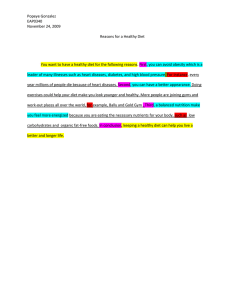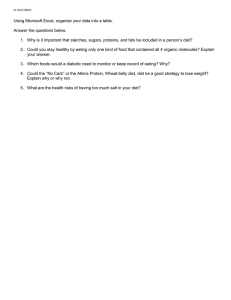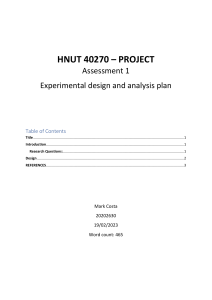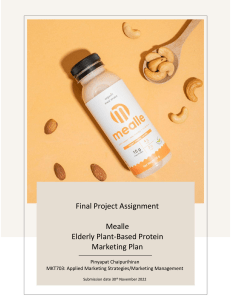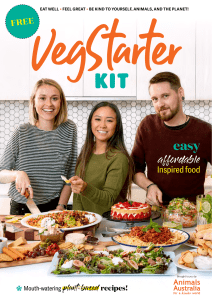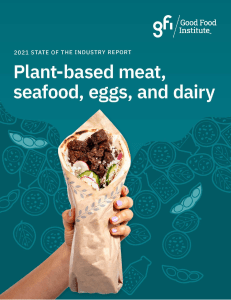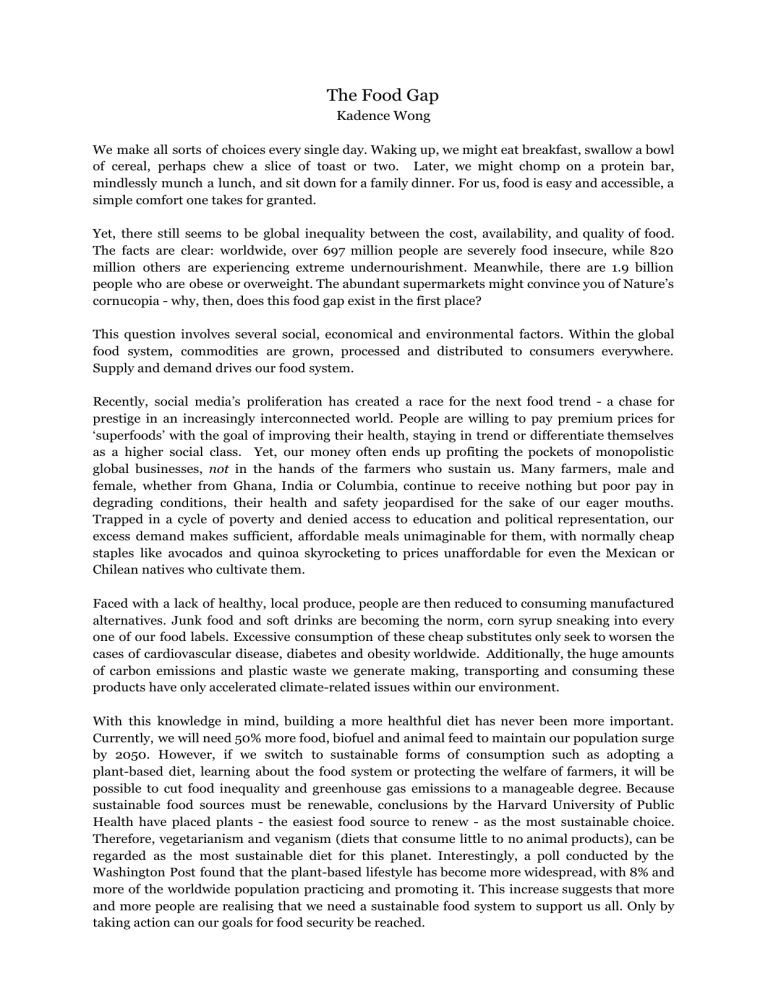
The Food Gap Kadence Wong We make all sorts of choices every single day. Waking up, we might eat breakfast, swallow a bowl of cereal, perhaps chew a slice of toast or two. Later, we might chomp on a protein bar, mindlessly munch a lunch, and sit down for a family dinner. For us, food is easy and accessible, a simple comfort one takes for granted. Yet, there still seems to be global inequality between the cost, availability, and quality of food. The facts are clear: worldwide, over 697 million people are severely food insecure, while 820 million others are experiencing extreme undernourishment. Meanwhile, there are 1.9 billion people who are obese or overweight. The abundant supermarkets might convince you of Nature’s cornucopia - why, then, does this food gap exist in the first place? This question involves several social, economical and environmental factors. Within the global food system, commodities are grown, processed and distributed to consumers everywhere. Supply and demand drives our food system. Recently, social media’s proliferation has created a race for the next food trend - a chase for prestige in an increasingly interconnected world. People are willing to pay premium prices for ‘superfoods’ with the goal of improving their health, staying in trend or differentiate themselves as a higher social class. Yet, our money often ends up profiting the pockets of monopolistic global businesses, not in the hands of the farmers who sustain us. Many farmers, male and female, whether from Ghana, India or Columbia, continue to receive nothing but poor pay in degrading conditions, their health and safety jeopardised for the sake of our eager mouths. Trapped in a cycle of poverty and denied access to education and political representation, our excess demand makes sufficient, affordable meals unimaginable for them, with normally cheap staples like avocados and quinoa skyrocketing to prices unaffordable for even the Mexican or Chilean natives who cultivate them. Faced with a lack of healthy, local produce, people are then reduced to consuming manufactured alternatives. Junk food and soft drinks are becoming the norm, corn syrup sneaking into every one of our food labels. Excessive consumption of these cheap substitutes only seek to worsen the cases of cardiovascular disease, diabetes and obesity worldwide. Additionally, the huge amounts of carbon emissions and plastic waste we generate making, transporting and consuming these products have only accelerated climate-related issues within our environment. With this knowledge in mind, building a more healthful diet has never been more important. Currently, we will need 50% more food, biofuel and animal feed to maintain our population surge by 2050. However, if we switch to sustainable forms of consumption such as adopting a plant-based diet, learning about the food system or protecting the welfare of farmers, it will be possible to cut food inequality and greenhouse gas emissions to a manageable degree. Because sustainable food sources must be renewable, conclusions by the Harvard University of Public Health have placed plants - the easiest food source to renew - as the most sustainable choice. Therefore, vegetarianism and veganism (diets that consume little to no animal products), can be regarded as the most sustainable diet for this planet. Interestingly, a poll conducted by the Washington Post found that the plant-based lifestyle has become more widespread, with 8% and more of the worldwide population practicing and promoting it. This increase suggests that more and more people are realising that we need a sustainable food system to support us all. Only by taking action can our goals for food security be reached.
